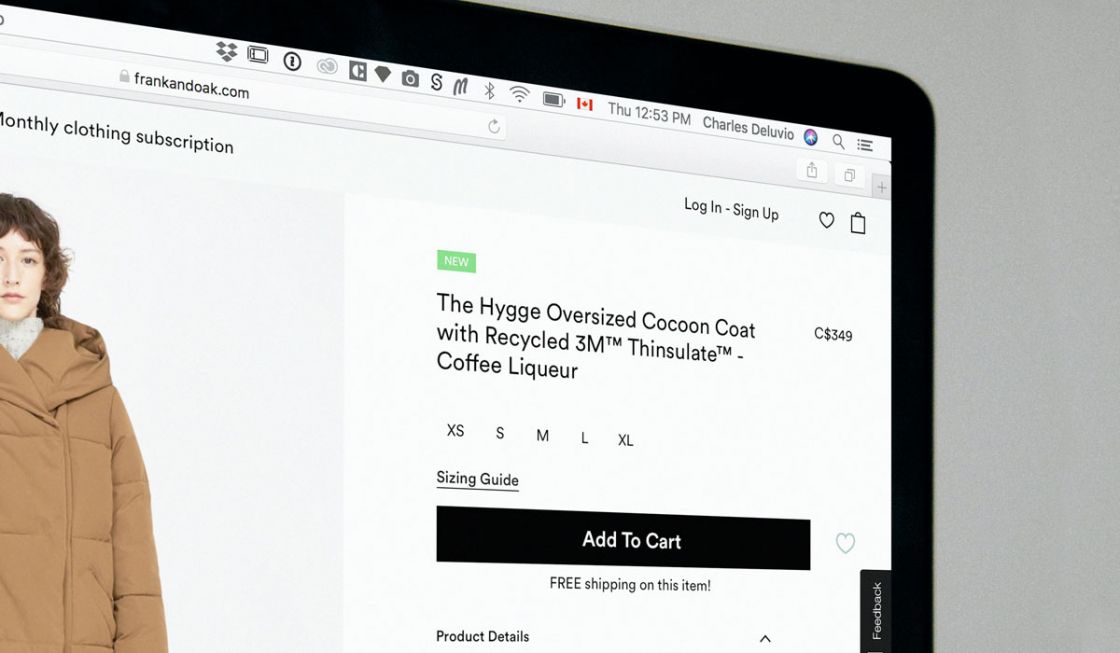Augmented Reality is improving the customer experience
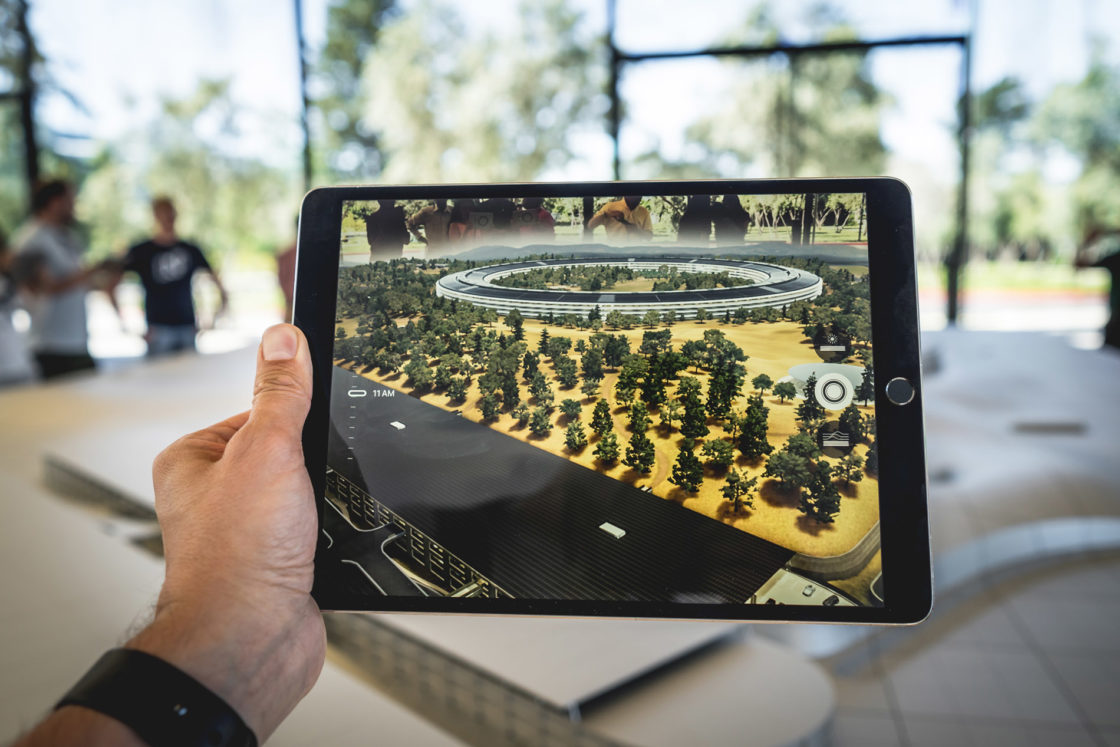
The use of augmented reality in the world of e-Commerce is a trend that has come to stay. Recently, Facebook and ASOS have decided to add this technology to their business models. The first with its new ad format using AR. The second implementing the technology in its purchase process for the first time in Europe.
Augmented reality (AR) is an interactive experience of a real-world environment. The objects are enhanced with computer-generated perceptual information. Sometimes through multiple sensory modalities, including visual, auditory, and even olfactory.
The benefits of using AR in your e-commerce are essential to improve your business, adapt to future trends and significantly improve the experience of your customers. Allowing a customer to visualise products before buying is not only the most effective way to show them how personalisation works, but it is also the right way when it comes to implementing an excellent shopping experience.
Reasons to implement AR in your eCommerce
Visualise your purchases
From shoes and cosmetics to furniture. The possibility of viewing a product and how it will look before purchasing it builds confidence and improves the shopping experience. Finally, the obstacle presented by online purchases – not being able to see what a product looked like before spending money on it – has been overcome.
For example, Asos has started a test with See My Fit, an augmented reality tool that shows a product in different sizes and different body types. There are currently 800 dresses in 16 different models included in the test. Asos is the first retailer in Europe to test the technology. The See My Fit tool comes from Zeekit, an Israeli AR company: “See My Fit aims to help customers make more informed purchasing decisions, showing better how products look on models that more closely reflect the individual users“.
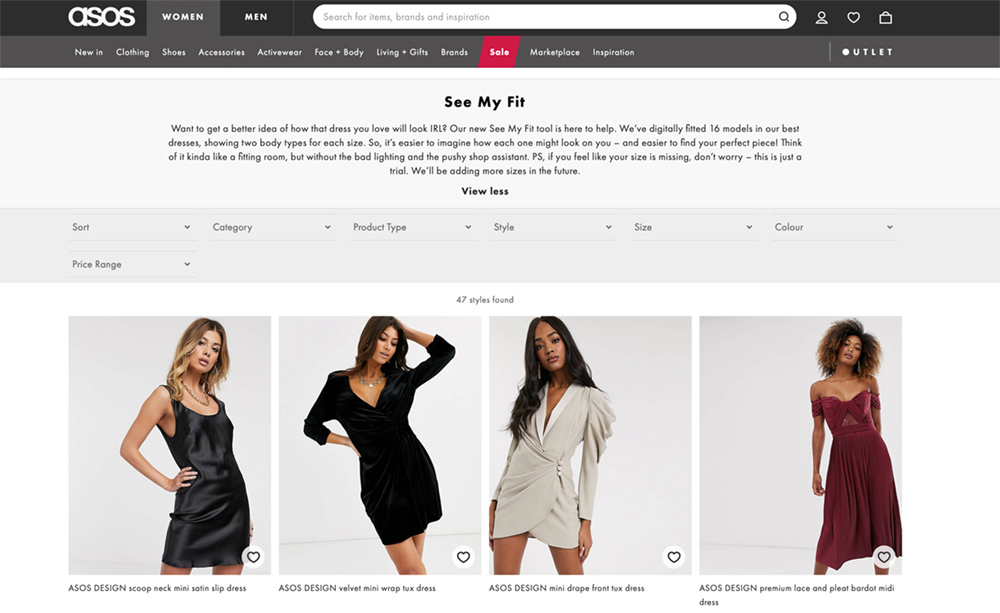
Improve the shopping experience
Being able to interact with a product virtually turns the shopping experience into a game. Gaming, as an e-Commerce strategy, has been very effective in user experience. From an emotional point of view, the user connects more quickly with a brand. If the experience is positive, brand awareness will be more effective. AR not only helps to promote products and services but also build a company’s reputation.
Sephora Virtual Artist is probably the best example of this. The user can try different makeup looks, see full-face looks and even learn with virtual tutorials. In this way, customers can feel safe with their purchases, as they have had the opportunity to “try” a wide selection. This is reflected in the increase in conversion while reducing refunds.
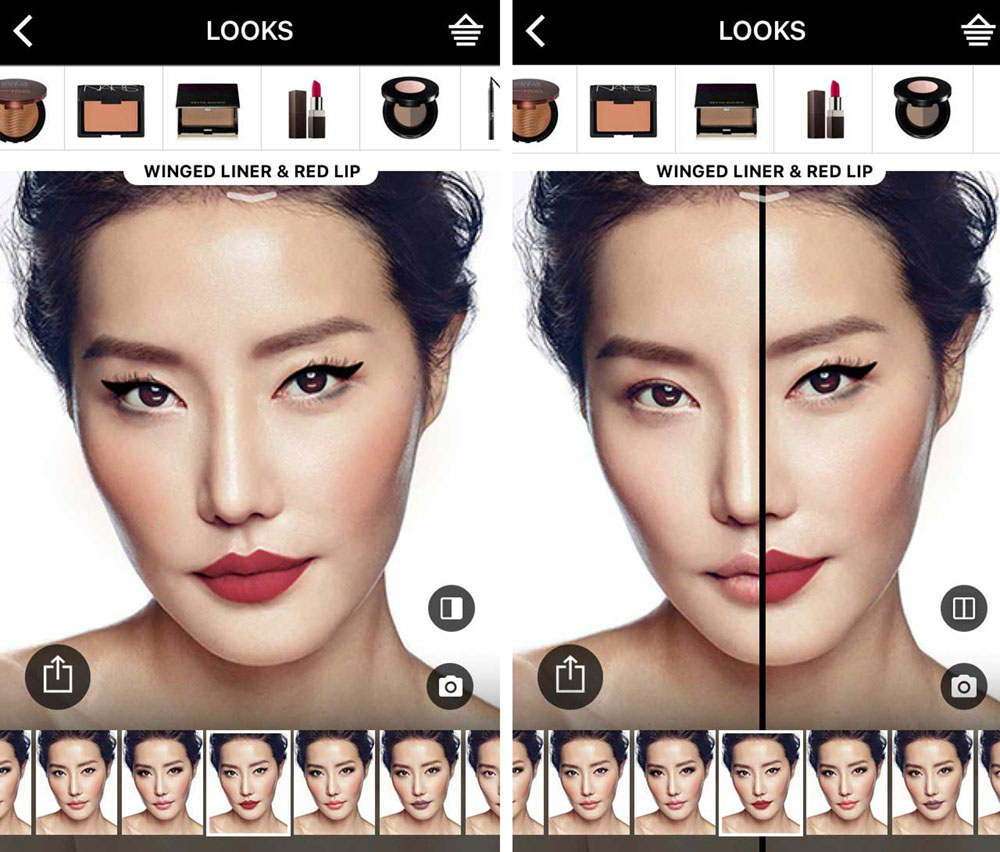
Online shopping personalised
Augmented reality in your e-commerce business can help you personalise the shopping experience in a granular way. Thanks to the use of AR and artificial intelligence data, brands will be able to anticipate users’ interests by showing products adapted to their tastes.
IKEA, the famous furniture retailer, was one of the first to adopt augmented reality back in 2014. Nothing more personal than decorating your spaces. IKEA listened to its users and developed this app, now called IKEA Place, that allows you to see the furniture in the space and even change the colour, before buying it. Customers should simply scan the catalogue with the cameras of their smartphones to see the virtual furniture in place.
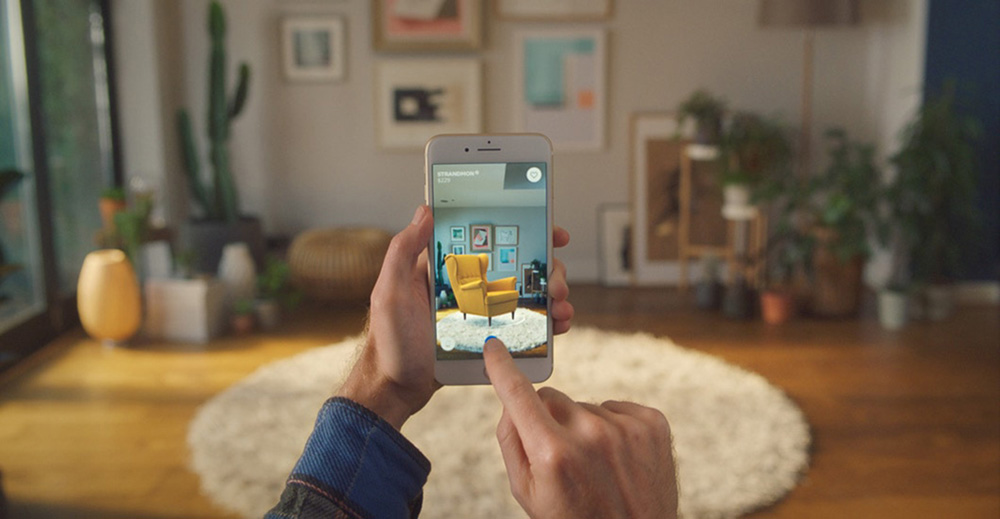
Augmented reality reaches advertising
The modern world is digital. According to a report by We Are Social, there are almost 4.5 billion active Internet users worldwide. Statista forecasts that the size of the AR market worldwide will increase to more than 198 billion in 2025. Moreover, according to The Boston Consulting Group (BCG), more than 80 million people are interacting with AR monthly. This number is expected to grow to more than 120 million by 2021.
Although they are still in the process of testing, augmented reality ads are here to stay. In fact, Facebook, the great leader of online advertising, is the best example of this phenomena. Recently, the social network has launched a new ad format. It promises to improve brand awareness and user engagement. With the introduction of AR ads on Facebook, people can experiment with their brand’s AR camera effects with just one click from their ad. And by incorporating calls to action, people can easily move from interacting to buying the product or installing an app.
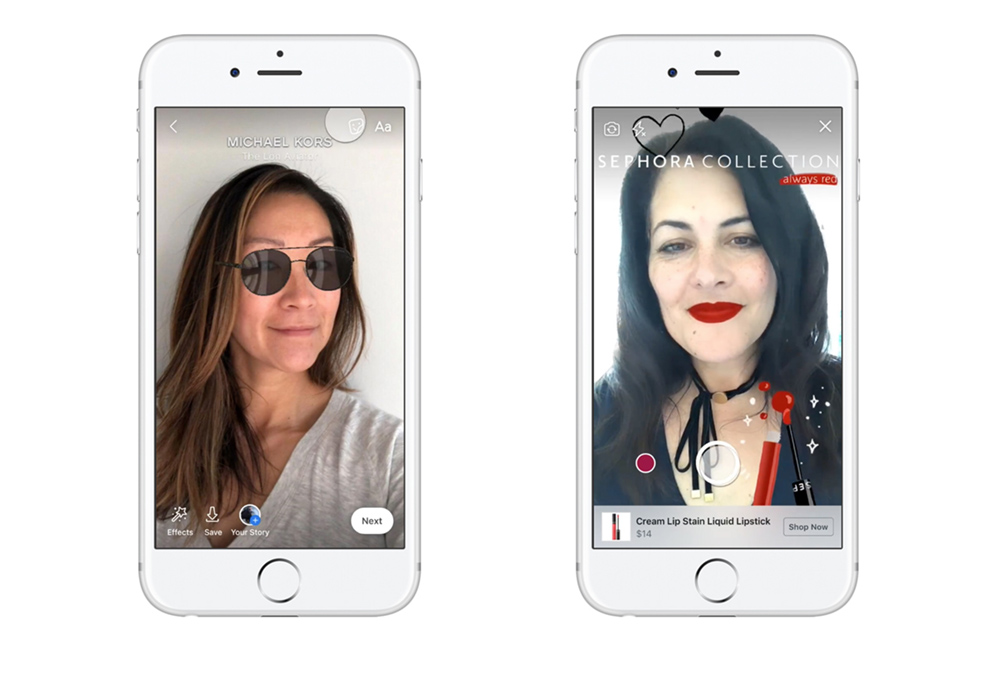
Immersive technologies gain ground every day. Especially in industries where they didn’t seem to have any use or implementation. The new digital life and online experience are calling for innovation. Users, meanwhile, expect personalisation throughout the process and from any touchpoint. Start by implementing a personalisation platform. Contact us.


